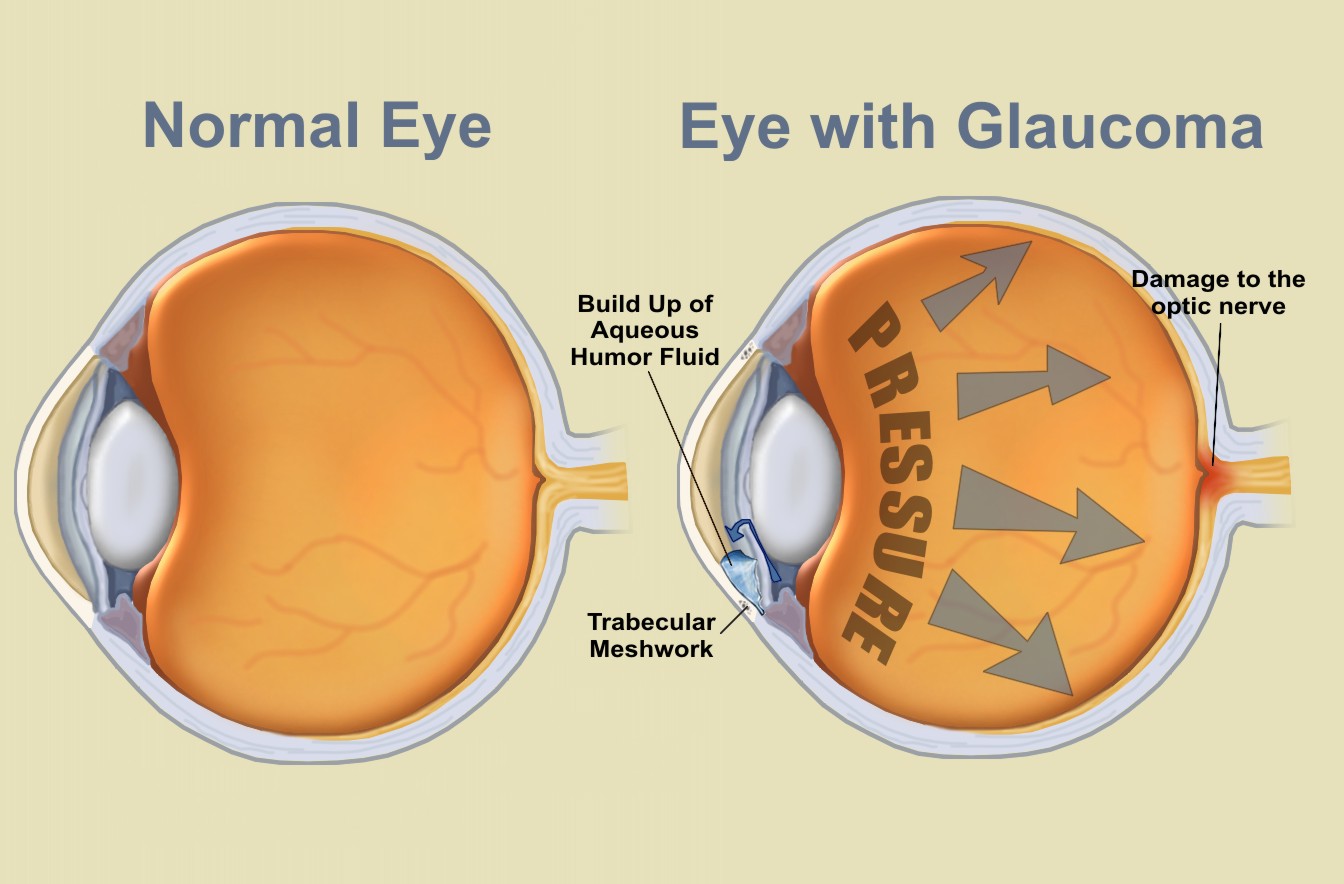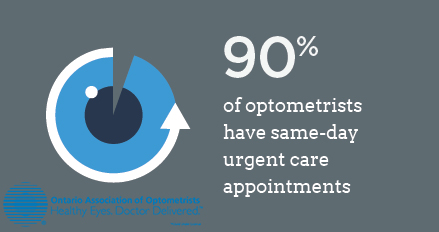Glaucoma Awareness Month
Glaucoma is one of the leading causes of blindness in Canada. It is a group of eye diseases which lead to progressive degeneration of the optic nerve, which causes irreversible vision loss and potential blindness. There is no cure for glaucoma, but it can be controlled. Early detection is the key to preventing or slowing down vision loss. Make sure you are having annual comprehensive eye exams to check for changes in your eye health, because it can happen even if you think you “see fine” and you don’t need glasses! #GlaucomaAwarenessMonth
Call (905) 666-4848 to book an appointment
Learn more here:https://www.optom.on.ca/OAO/Patients/Library/Glaucoma.aspx




